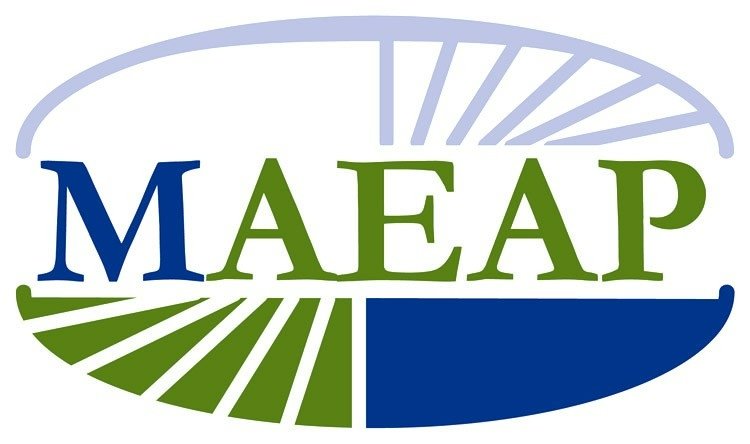
Biodynamic Practices
The Vineyard.
We use a sustainable approach in the vineyard, aiming for a sense of balance that includes several items.
Sustainable
We maintain natural areas around the edge of the vineyards as reservoirs for beneficial insect species. Similarly, we mow the vineyards infrequently, mowing every other row when we do mow. This reduces tractor /fuel use; reduces compaction in and around the vineyard and allows natural plant species to grow and flower in the rows, increasing habitat for beneficial insects.Canopy
We use canopy design and management in conjunction with crop control to help us produce top quality grapes. Our goal is to create a vine where the leaves, grapes and root system are in optimal balance, the fruit is exposed to sunlight and good airflow and there are enough leaves to adequately ripen the grapes present. We use six different trellis systems in our vineyards matched to the varying growth habits of the many varieties we grow. This does increase the complexity of vineyard management and the training needed for vineyard staff; however, it helps us improve yield and quality overall. We also have the added factor of maintaining vine cold hardiness to insure survival during our cold winters. This starts with vineyard site selection and is bolstered by choosing suitable viticultural practices. Fertilize
We have added a mechanical hedger and a leaf blower to help us manage the grapevine canopy in a timely manner and reduce labor costs and the need for fungicide sprays (and hence, input costs). We fertilize infrequently based on monitoring vine vigor and yield performance, the observation of deficiency symptoms and testing. We use fertigation and foliar applied fertilizers rather than ground applied fertilizer to save energy, efficiently target application and to lower the amount of fertilizer applied. We have begun to use compost and mulch at planting with a goal to improve soil quality as we expand our vineyards.“We are in the process of eliminating herbicides completely to further those goals and have been exploring select ground covers as part of the vineyard floor management system.”
Limited Chemicals
We apply fungicides based on scouting the vineyard to reduce the number of sprays required annually (compared to a calendar-based schedule), which also reduces tractor/sprayer use. We use a sprayer that provides excellent targeted coverage that allows us typically to use less than the lowest labeled rates of the materials that we apply. We base our selection of materials on low toxicology profiles, with many being registered for use in organic production systems. We rarely spray insecticides, averaging <0.4 spray annually over 30 years. In addition to the well-known European V. vinifera varieties, we also grow several acres of disease resistant varieties that further help us reduce fungicide inputs.
Eliminating Herbicides
We limit herbicide applications to one early application per year at low rates, desiring weeds to regrow under the trellis as the season progresses. Our goal has been to reduce weed competition during early vine growth and flowering and to have weeds regrow during the season to improve the community structure of soil organisms as the season progresses. We are in the process of eliminating herbicides completely to further those goals and have been exploring select ground covers as part of the vineyard floor management system.
We are MAEAP certified.“The Michigan Agriculture Environmental Assurance Program is an innovative, proactive program that helps farms of all sizes and all commodities voluntarily prevent or minimize agricultural pollution risks.”
The Cellar.
Our focus at Bel Lago has always been on making wines with grace, balance and substance from “the place that is Leelanau”.
Bel Lago wine production cellars are 50% below surface ground level. Combined with insulation in the upper walls, the temperature is somewhat moderated naturally in these areas. Air conditioning was never installed and has not been needed. Careful attention to keeping outside doors closed in all areas during hot or cold periods is a critical part of our temperature control. We also use fans to move air at times; for instance, we can open the outside door and turn on a fan to bring in cool air during summer mornings or overnight. During the winter we tend to keep the cellar and storage areas relatively cool, somewhat reducing the need for heat. Individual heaters in each room, used only when necessary, mean that we do not need to heat every room/space uniformly, but rather can target temperatures to coincide with production/winemaking activities. We plan winemaking activities to maximize efficiency and minimize water use. We recycle packaging materials and glass. We often compost the cellulose filter pads, sometimes using them as them as mulch on young vines.
The lower cellar used for bottled wine storage is completely underground. No heat or air conditioning is needed in this area to maintain temperatures between 55-65 F year around, hence all natural temperature control.
We firmly believe in the adage that great wines start in the vineyard.
Successful viticulture is all about balance: growing balanced vines within a production system that respects the natural ecosystem that hosts a vineyard. The challenge is to find ways to minimize inputs and interventions in a way that will maximize quality and maintain a sustainable yield all while maintaining acceptable vine structure and health, including soil health. We have pushed the envelope a bit too far over the years, occasionally suffering crop loss or driving down vine vigor in the process as we learn the limits and ‘how to’ effectively and efficiently apply certain strategies. We experiment constantly in both the vineyard and cellar always looking to improve the quality of our wines and the efficiency of our processes and the sustainability of our vineyard and winemaking practices.






